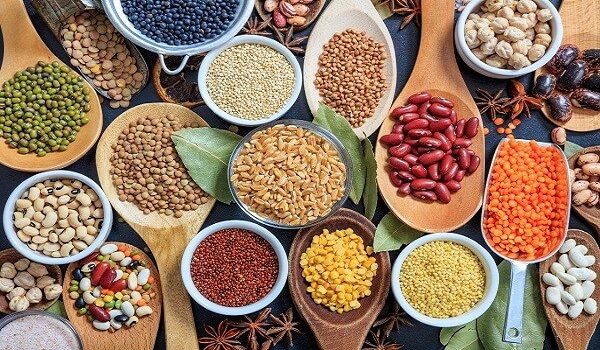India’s pulses imports have nearly doubled during the fiscal year 2023–24, reaching a staggering USD 3.74 billion. This significant surge is indicative of a growing dependency on imports to meet domestic demand, despite various government initiatives aimed at bolstering domestic production.
The surge in imports, which is estimated to have surpassed 45 lakh tonnes in the concluded financial year, up from 24.5 lakh tonnes the previous year, underscores the ongoing challenge India faces in maintaining a stable supply of pulses domestically. To address this concern and stabilize prices, the government is actively exploring long-term contracts with new markets such as Brazil and Argentina.
Furthermore, negotiations for importing over 20,000 tonnes of Urad from Brazil and Arhar from Argentina are reportedly in their final stages. Additionally, agreements have been inked with countries like Mozambique, Tanzania, and Myanmar to ensure a steady inflow of pulses into the Indian market.
The recent spike in imports comes amid rising concerns over inflation, particularly in pulses, with March and February witnessing inflation rates of 17% and 19%, respectively. To mitigate this, the government has implemented measures such as imposing stock limits on pulses and urging states to crack down on hoarding activities.
However, despite government incentives and schemes aimed at boosting domestic production, including guaranteed purchases and higher minimum support prices (MSPs), India has witnessed a decline in pulse production over the past few years. The Agriculture Ministry estimates a drop in pulses production from 261 lakh tonnes last year to 234 lakh tonnes in 2023–24.
This decline is attributed to various factors, including erratic climate conditions in key producing regions and a reduction in the pulses sowing area over the last few years. According to experts, the pulses sowing area has decreased by 16% over the past two years, leading to a corresponding decline in production.
The Reserve Bank of India has also highlighted the impact of food price pressures, particularly in pulses, on overall inflation numbers, posing challenges to achieving the target inflation rate of 4%.
Despite being a significant consumer and grower of pulses, India’s escalating reliance on imports underscores the need for comprehensive strategies to enhance domestic production and ensure food security in the long run.


